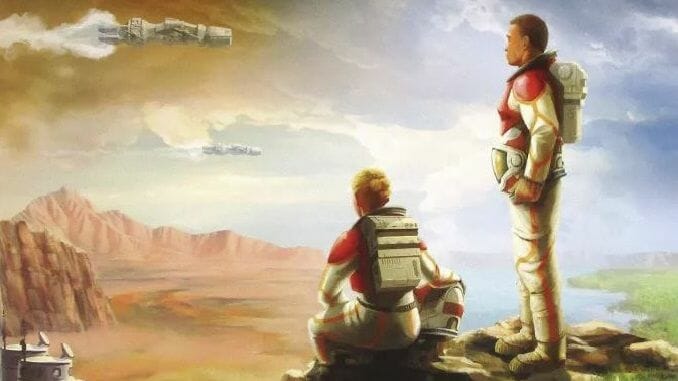Terraforming Mars: Ares Expedition Improves on a Modern Board Game Classic

Terraforming Mars is one of the most acclaimed and top-rated board games ever, sitting at #4 on the Boardgamegeek all-time ranking, which skew towards very heavy games, behind an RPG-in-a-box (Gloomhaven), a legacy game (Pandemic Legacy: Season 1), and another heavy economic game (Brass: Birmingham). One thing these all have in common is long play times—two hours for a session is not uncommon, and the first two titles are designed for multiple, sequential plays. That’s fine, but it’s niche boardgaming—it is a tiny circle within the larger circle of “people who like board games,” or even the medium-sized circle of “people who like board games other than Monopoly and Scrabble.”
That made Terraforming Mars a perfect starting point for a simpler version—not just a brand extension, as we see with many card or dice adaptations of strategy games, but just a streamlined adaptation of the original game, one that plays a little more quickly, has fewer rules and parts, and reduces the high cognitive load of the original. Terraforming Mars: Ares Expedition does exactly that—it is Terraforming Mars in a smaller package. It loses little if nothing from the first game other than weight, and if I’m being realistic, I’d probably never choose to play the bigger game if this one is around.
Ares Expedition trims a lot of the fat—fans of the original game might cringe at that, but there’s some complexity for complexity’s sake in it—from Terraforming Mars, with a smaller board of the planet itself and smaller, easier-to-read player boards and cards. The main goal of the game is the same: get the most points you can while all players simultaneously work to terraforming the red planet by increasing its temperature and oxygen levels and increasing the water on the surface. You do so by playing cards to your own tableau, gathering resources, and taking actions. Once all three of those environment trackers reach their maximum levels, the game ends, and players add up the points on the cards they’ve played, points they collected through actions, and their position on the point track around the main board.

-

-

-

-

-

-

-

-

-

-

-

-

-

-

-

-

-

-

-

-

-

-

-

-

-

-

-

-

-

-

-

-

-

-

-

-

-

-

-

-








































